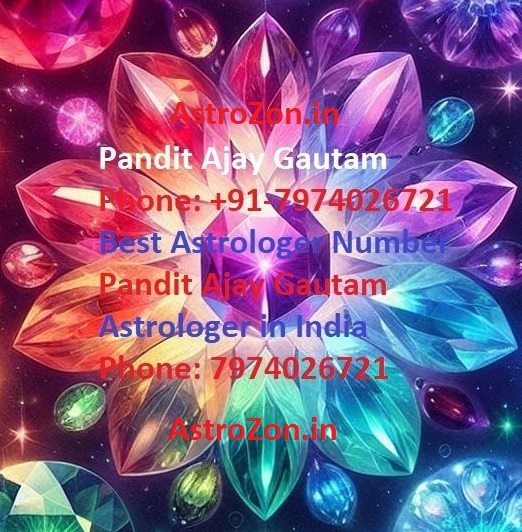The Psychology of the Sun and Moon in the Horoscope
In astrology, the Sun and Moon are called the Luminaries—celestial lights that have guided human beings since antiquity. While the planets describe various drives and functions, the Luminaries stand apart: they symbolize the essence of our being and the pulse of our inner life. In psychological astrology, the Sun and Moon form a dynamic axis between conscious identity and unconscious feeling, outward expression and inward need.
The Sun: Core Identity and the Drive to Become
The Sun represents the central organizing principle of the psyche—the “I am” that strives toward self-expression. Just as the Sun is the gravitational center of our solar system, the solar principle organizes the disparate elements of the personality into a coherent whole.
Psychologically, the Sun speaks to:
-
Ego development – The conscious sense of self and personal purpose.
-
Will and vitality – The capacity to take decisive action.
-
Creative self-expression – The urge to shine in one’s unique way.
The Sun’s sign describes how we express our essential self; its house placement shows where in life that energy seeks fulfillment; and its aspects reveal the allies and challenges in integrating that identity. When the Sun functions well, there is a sense of purpose, integrity, and creative flow. When blocked, one may feel adrift, reactive, or over-reliant on external validation.
The Moon: Emotional Nature and the Need to Belong
If the Sun is the conscious will, the Moon is the feeling body—the sum of our instincts, habits, and emotional reflexes. The Moon governs the realm of memory, comfort, and security, reflecting both the nurturing we received and the way we nurture ourselves.
Psychologically, the Moon relates to:
-
Emotional regulation – How we process and express feelings.
-
Attachment patterns – The way we bond with others.
-
Inner safety – The conditions under which we feel secure.
The Moon’s sign reveals the style of emotional response, its house the life areas where we seek comfort, and its aspects the patterns that either support or complicate emotional balance. A well-integrated Moon fosters emotional resilience; a wounded Moon may lead to anxiety, avoidance, or over-dependence.
The Sun–Moon Relationship: Integrating Self and Soul
In the natal chart, the angular distance between Sun and Moon—the phase of the Moon at birth—offers a key to understanding the relationship between conscious aims and unconscious needs.
-
New Moon types (Sun and Moon conjunct) often feel an inner unity, but may struggle to separate subjective feelings from objective decision-making.
-
First Quarter types (90° apart) experience dynamic tension between security needs and the push toward growth—often leading to decisive action.
-
Full Moon types (opposite) are acutely aware of the self–other polarity, and may oscillate between the demands of personal identity and emotional belonging.
-
Last Quarter types tend toward introspection, reevaluating life direction and emotional commitments in search of deeper meaning.
When Sun and Moon work in harmony, there is both vitality and emotional well-being. When in conflict, the individual may feel pulled between “who I am” and “how I feel,” leading to inner fragmentation.
Developmental Psychology and the Luminaries
From a developmental perspective:
-
The Moon corresponds to the earliest stage of life, when safety and emotional attunement form the foundation of the psyche. This is the holding environment described by Winnicott—where emotional needs are met through consistent care.
-
The Sun emerges more fully in later childhood and adolescence, as identity and personal will develop. Erik Erikson’s stages of development would place this in the realm of autonomy, initiative, and identity formation.
Problems arise when early Moon needs go unmet, forcing the Sun to overcompensate through achievement, ego inflation, or rigid self-control. Conversely, a weak Sun can leave the Moon dominant, resulting in emotional reactivity without a stabilizing core identity.
Working with the Luminaries in Practice
Astrologers often begin chart interpretation with the Sun and Moon, as they provide the emotional–existential blueprint of the person. In counseling:
-
Strengthening the Sun involves fostering self-confidence, creativity, and alignment with core values.
-
Balancing the Moon involves cultivating self-care, emotional literacy, and secure attachments.
Through conscious integration, the Luminaries become not opposing forces but complementary lights: the Sun illuminating the path ahead, the Moon lighting the inner landscape.
The Sun and Moon are more than mere symbols—they are archetypal lenses through which we experience life. The Sun calls us to become; the Moon reminds us to belong. Understanding their dance in the horoscope allows us to live in greater alignment with both our outer purpose and our inner truth.
